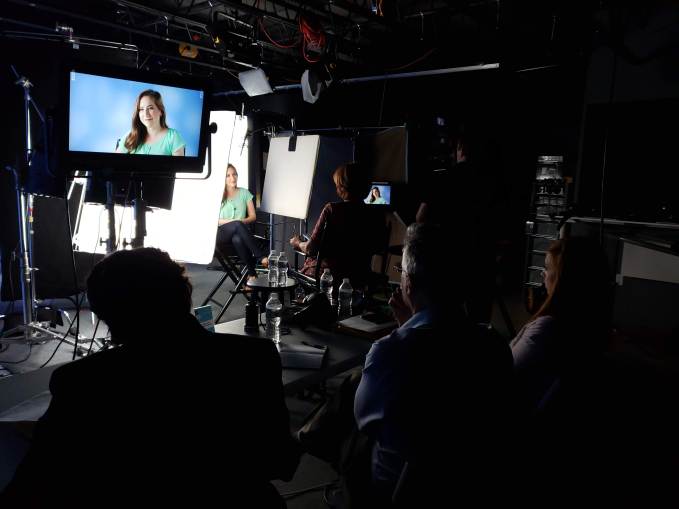If you’ve been creating content for virtual meetings and events this year, then you know that you need to maximize the impact and longevity of your content, even after the meeting. In this blog post, I’ll talk about how to plan engaging content that helps you maximize impact, amp up your next virtual or live event, and ensures audiences engage with your brand even after your event is over.
- Ensure Video Content Fits into a (Virtual) Event Story Arc
So many times we create content for the wrong reasons. Maybe “Cherie needs to be in the video” because she’s an important stakeholder in the organization. Or a particular sponsor needs to be featured. But how do you connect these stories to the story you are telling in your event? Each event needs its own story arc, a narrative that you want attendees to come away with once the video cameras are off. So as you build your virtual content, ask these questions:
How do the various videos we want to share fit into our overall story?
Is there a way we can make them fit better?
Can we break longer videos up into smaller portions –“snackables” — to tell our story on social before and after our event?
It’s important to map that out, and find appropriate places for different narratives that feed into your larger story. If something doesn’t fit, you might need to find an alternative. For example, often sponsors have multiple videos they’ve created about their products or services. Perhaps one fits better than others with your target attendees. Sometimes I’ve even been able to get sponsors to create a more customized version just for us. This way, attendees don’t feel like that content doesn’t fit with our bigger story. And anyone viewing your event afterwards online will also find a cohesive message.
- Engage Audiences as Communities Post-Event
Sometimes you need to deliver different content to different communities in different ways. That means planning ahead to create multiple versions of some videos you want to feature at your event. For example, you might share a 1-minute version of a member story for an association event, but then post-event, share the full 4-minute video. And post-event, what opportunities are you offering participants to engage with one another to share the impact and continue important conversations? Perhaps you create an event alumni Facebook group. Or invite attendees to join a monthly Zoom chat which you can kick off with a new impact story, to jumpstart the conversation. Or perhaps you want to engage your community post-event in some important policy action through an email campaign that contains links to several different content strands. Audience members are people, and your event is just one touch point to build a sense of shared purpose and continued connection.
- File Formats Best Practices for Video
If you are producing a hybrid or virtual event, you’ll likely have a number of different content elements to bring into your delivery platform, then share again afterwards. Most platforms are still only streaming at fairly low bandwidth depending on your subscription level, so don’t overwhelm the system by trying to play back 4K video. You could end up with audio out of sync and heavy digital drag. If you have high resolution assets, make lower resolution compressions and test them in advance on your platform. Typically, 1080p mp4 files compressed for Vimeo or YouTube spec will play back just fine.
If you have speakers who will be sharing videos, be sure they play back these sources natively from their presentation computer (and whoever is hosting that session should also have a backup copy on their desktop.) And don’t wait until your event to find out how they will look. Have speakers who want to share videos practice sharing in a test session. I recently attended a virtual concert where the speaker tried to play back a performance from her YouTube channel, which caused a lot of unnecessary lag and choppiness. She could have shared the source file with no problems directly from her desktop. And be sure any video content you want to play back through your event platform—such as sponsor videos, intro videos, or highlights—are also tested through the platform. You can always share higher resolution versions through your website, YouTube channel or Vimeo channel post-event.
Amy DeLouise is a producer/writer/director specializing in branded content for virtual and live events.



















